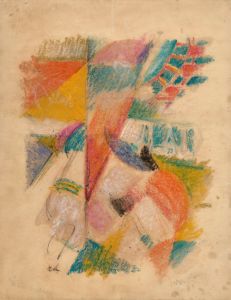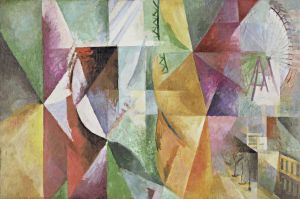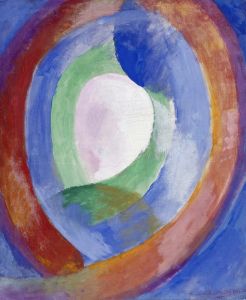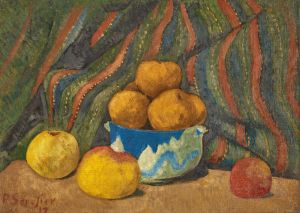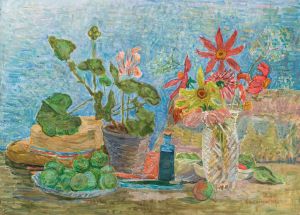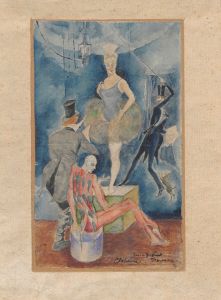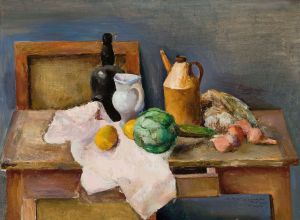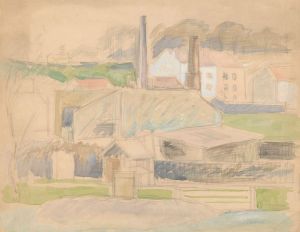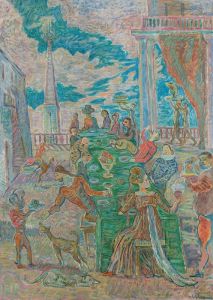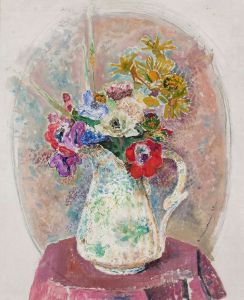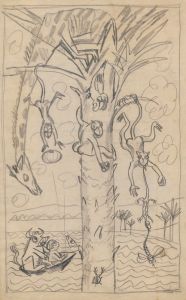
Cubist still life
A hand-painted replica of Zygmunt Waliszewski’s masterpiece Cubist still life, meticulously crafted by professional artists to capture the true essence of the original. Each piece is created with museum-quality canvas and rare mineral pigments, carefully painted by experienced artists with delicate brushstrokes and rich, layered colors to perfectly recreate the texture of the original artwork. Unlike machine-printed reproductions, this hand-painted version brings the painting to life, infused with the artist’s emotions and skill in every stroke. Whether for personal collection or home decoration, it instantly elevates the artistic atmosphere of any space.
Zygmunt Waliszewski was a Polish painter known for his contributions to the modern art movement in Poland during the early 20th century. He was born on December 1, 1897, in Saint Petersburg, Russia, and later moved to Poland, where he became an influential figure in the Polish art scene. Waliszewski's work is characterized by its vibrant colors, dynamic compositions, and incorporation of various modernist styles, including Cubism.
Cubism, an avant-garde art movement that emerged in the early 20th century, was pioneered by artists such as Pablo Picasso and Georges Braque. It is known for its revolutionary approach to depicting objects and figures from multiple perspectives within a single plane, often resulting in fragmented and abstracted forms. This movement had a significant impact on artists across Europe, including Waliszewski, who integrated Cubist elements into his own work.
Waliszewski's "Cubist Still Life" is an exemplary piece that showcases his engagement with Cubist principles. In this painting, Waliszewski employs the characteristic techniques of Cubism, such as the use of geometric shapes and the deconstruction of objects into their basic forms. The composition likely features everyday objects, a common subject in still life paintings, reimagined through the lens of Cubism. The painting's color palette, brushwork, and spatial arrangement reflect Waliszewski's unique interpretation of the Cubist style, blending it with his personal artistic vision.
Throughout his career, Waliszewski was associated with several art groups and movements in Poland, including the Formists, a group that sought to synthesize various modernist styles. His work was part of a broader effort to modernize Polish art and integrate it into the wider European avant-garde movement. Waliszewski's paintings often reflect a synthesis of influences, drawing from both Western European modernism and Polish artistic traditions.
Despite his relatively short life—he passed away on October 5, 1936, in Kraków, Poland—Waliszewski left a lasting impact on the Polish art scene. His works continue to be studied and appreciated for their innovative approach and contribution to the development of modern art in Poland. "Cubist Still Life" is a testament to his ability to adapt and reinterpret the Cubist style, making it his own while contributing to the broader dialogue of modern art.
Waliszewski's legacy is preserved in various art collections and museums, where his works are displayed alongside those of his contemporaries. His paintings offer insight into the dynamic and evolving nature of early 20th-century art, highlighting the cross-cultural exchanges and artistic experimentation that defined the period. Through his engagement with Cubism and other modernist movements, Waliszewski played a crucial role in shaping the trajectory of Polish art, leaving behind a body of work that continues to inspire and captivate audiences today.





